In with the old: communities recycling buildings for homes and the planet
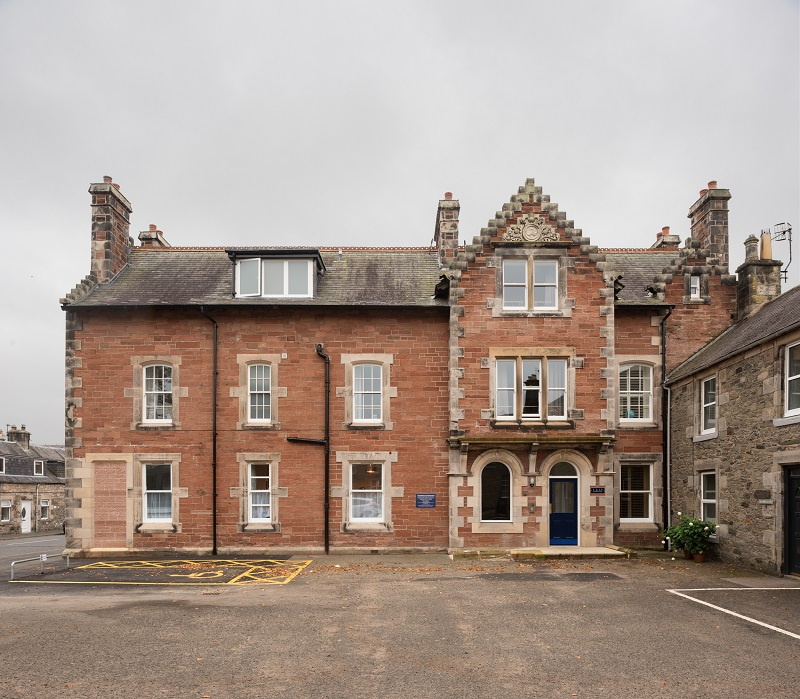
Langholm Old Police Station after its transformation into affordable homes (Photo credit: Tom Manley)
In a joint effort with Ronnie MacRae, chief executive at Communities Housing Trust (CHT), Mike Staples, chief executive at South of Scotland Community Housing (SOSCH), shares examples of how communities use recycled buildings for placemaking, climate goals, and new housing supply.
We have 43,000 long-term empty homes in Scotland. We have soaring costs of building materials, and challenges of supplying them, particularly to remote or island areas. We have goals for net zero and zero waste, to help tackle the climate crisis. And we have an affordable housing crisis.
Amid all this, there is an obvious starting point: use what we have already.
Communities are best placed to take on projects to ‘recycle’ buildings, reusing materials and repurposing them to meet local needs.
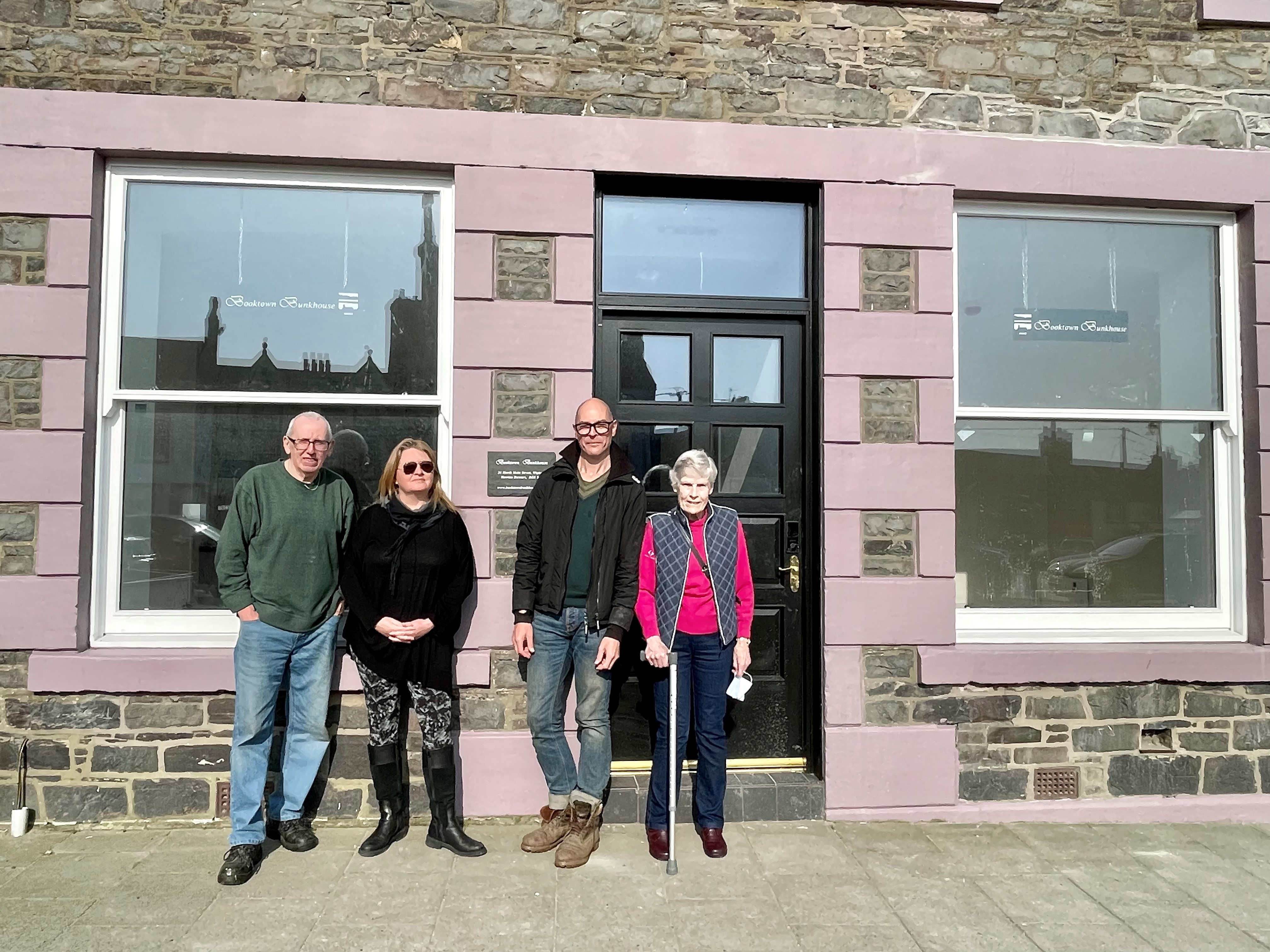
A former Bank of Scotland in Wigtown was transformed into two homes and a community-run bunkhouse (Photo credit: Hazel Smith)
Recycling for net zero
Often unattractive to commercial developers, restoring and repurposing older buildings is an important part of a more sustainable environment and meeting net zero goals. It should be considered alongside other industry priorities, including, for example, using net zero heating and energy efficiency measures, and local materials.
Especially for urban areas, where new builds and green spaces are harder to come by, repurposing empty buildings is a strategic and climate conscious way to address the housing crisis. This opportunity is reflected in Community Right To Buy legislation, updated in 2018 to include ‘abandoned, neglected, or detrimental land.’ However, many would consider this extension underutilised, in part because of the convoluted process. CHT and SOSCH support communities through this process to bring recycling buildings into the mainstream.
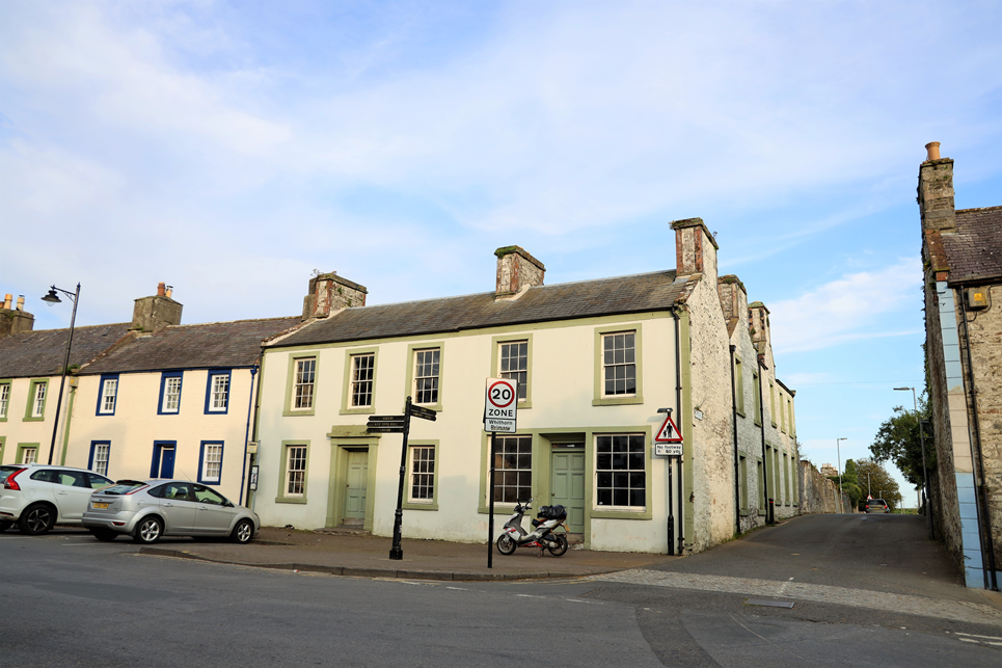
Whithorn's former Grapes Hotel is now two family homes
Costs of building materials and challenges of supply
Following Brexit and the Covid pandemic, there has been a well-documented rise in costs of building materials. Prices of timber and steel increased by 79% and 77% respectively by September 2021. Coupled with, for example, attempting to build on an island, and additional transport costs of materials by ferry, reduced ferry sailings due to bad or winter weather and associated delays, this is a pressing challenge.
In real terms, all this has led to a 20-40% increase in development costs.
There is therefore an obvious case to be made, not only for supplying home-grown materials through collaborations between crofters, farmers and landowners, but for reusing and recycling as many materials as we can. A third crucial aspect is then actively tackling the skills and labour shortage, particularly keenly felt in rural areas, by creating more opportunities for implementing a recycling, circular economy approach to construction.
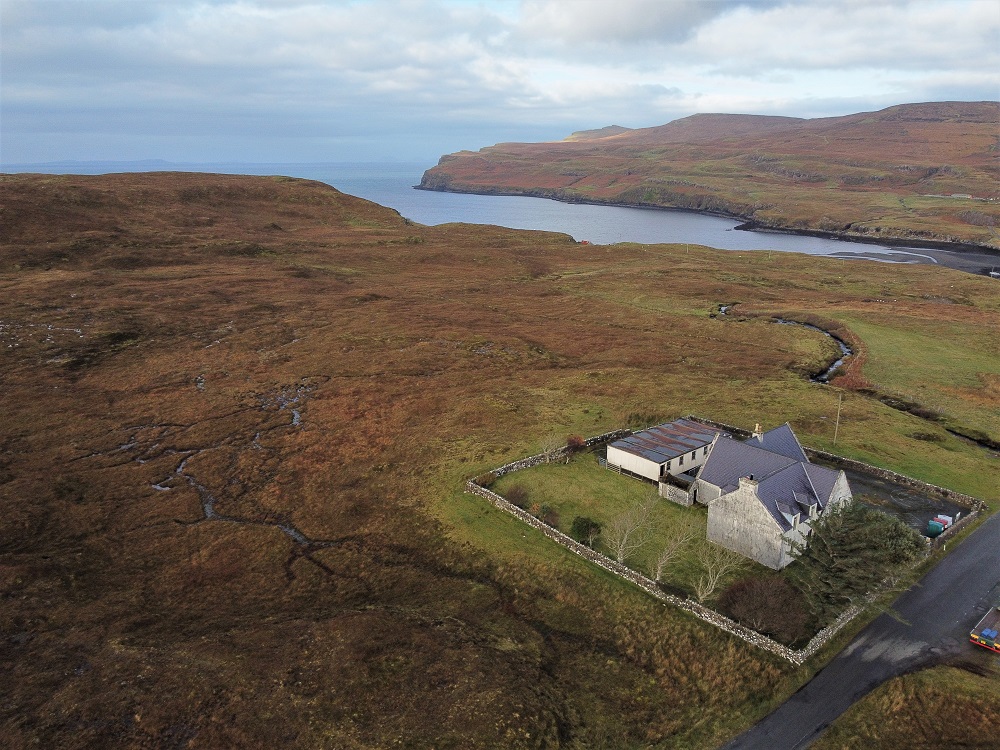
The old Borrodale school before its renovation (Photo credit: Al Mearns)
Raising confidence and spirits
Beyond these practical points, there is value in what we call ‘placemaking’ – communities having a role in shaping where they live, strengthening relationships between people and place, having pride in where you live and raising confidence for exploring what changes are possible.
Many of the vacant buildings in urban areas are linked to services or businesses ending and high street decline. Therefore these buildings are often central, visible, and can greatly affect local pride and spirits – and the economy – if they sit empty.
In rural areas, the empty buildings may be schools, or houses – buildings important to generations of people. There’s often a sense of sadness at decline within the community, as an indicator of wider problems of rural depopulation.
Community-led projects to re-use and re-purpose buildings are not just environmentally-conscious approaches to housing, but also approaches that can appreciate the personality, character, and history of a place where communities become responsible stewards.
In doing so communities demonstrate model ways of how best to integrate historical places with their long-term future in mind.
Recycling buildings provide an opportunity to integrate all of the above.
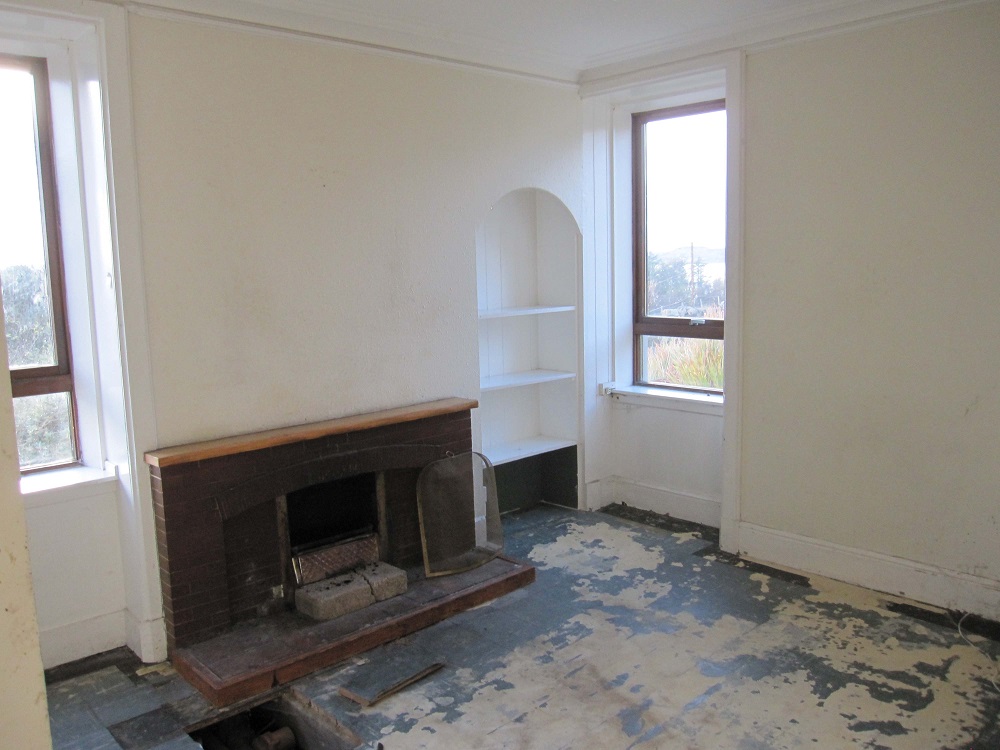
The Achiltibuie schoolhouse interior before renovation
Case studies
SOSCH has supported the following projects:
- Langholm Old Police Station: An award-winning project in which a former police station lain empty in town centre for 15 years before the Eskdale Foundation turned it into 4 affordable homes (family, single-resident, and fully accessible homes).
- Wigtown homes and bunkhouse: the Wigtown & Bladnoch Community Initiative turned a former Bank of Scotland, which vacated the high street in 2017, into two homes and a community-run bunkhouse for visitors.
- Whithorn: All Roads Lead to Whithorn (ARLTW) redeveloped a former Grapes Hotel, derelict for over 30 years on the historic main street, into two family homes (with a phase two: two additional fully accessible homes at the back of the site and landscaping). ARLTW is also renovating the Town Hall.
Communities Housing Trust has facilitated or is undertaking the following projects:
- Glendale: CHT is a key partner to renovate and convert the old Borrodale school and schoolhouse in Glendale Skye into 5-6 affordable homes, alongside the Glendale Trust, Historic Environment Scotland, Local Energy Scotland and Zero Waste Scotland, amongst others, with a focus on reusing materials, local skills, rural trades, and energy efficiency.
- Achiltibuie: with Coigach Community Development Company, converted the old schoolhouse into 2 affordable homes for the local community, with funding support from the Nationwide Foundation and the Scottish Government’s Rural Housing Fund. It was the first successfully completed project to receive RHF funds.
- Acharachle: worked with Acharacle Community Company to renovate the old school and schoolhouse, as well as a derelict empty home, Druim Garbh. CHT developed an innovative long lease model which allowed the home to be refurbished to a high standard.
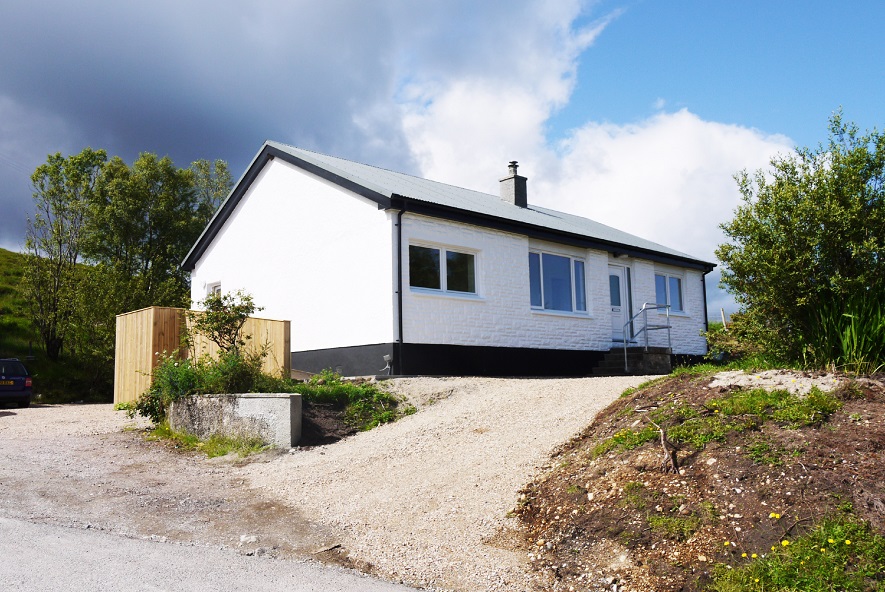
Druim Garbh in Acharachle
In all of these cases, had the community not taken control of the buildings and led the conversion into housing, the properties would very likely remain empty and degrading.
Communities are taking on a vital role and undertaking work that others will not and must be supported in doing this important work.
These projects require a specialised architectural vision to reshape an existing building into unique homes with character, with support from organisations such as Historic Environment Scotland, the Architectural Heritage Fund, and Construction Innovation Centre Scotland.
Challenges such as Brexit, Covid, material costs, and the energy crisis are causing regulatory bodies to be more cautious, when in fact these are the exact reasons why urgent and flexible cooperation is needed whilst there is a desperate demand for more housing.
Both SOSCH and CHT will continue to support communities to take on projects on empty homes and vacant buildings as one crucial aspect of tackling Scotland’s housing and climate crises.
This article was originally published on the SOSCH website.








